subject to future root girdling?
KeithJames
9 years ago
Related Stories
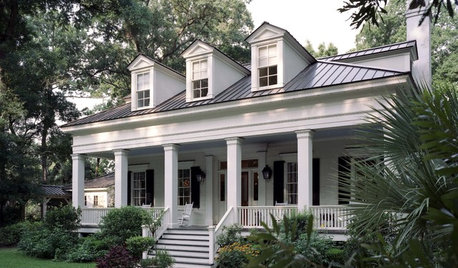
TRADITIONAL ARCHITECTURERoots of Style: Classical Details Flourish in 21st-Century Architecture
Columns, friezes, cornices ... if your home has features like these, it may have been influenced by ancient designs
Full Story
ARCHITECTURERoots of Style: Do You Live in a Minimalist Traditional House?
Cottages, bungalows, farmhouses ... whatever you call them, houses in this style share several characteristics. See how many your house has
Full Story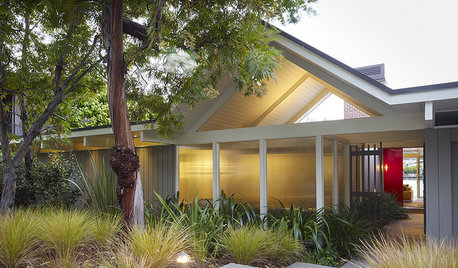
ARCHITECTURERoots of Style: Midcentury Styles Respond to Modern Life
See how postwar lifestyles spawned a range of styles, including minimalist traditional, ranch, split level and modern shed. What's next?
Full Story
ARCHITECTURERoots of Style: Ranch Architecture Roams Across the U.S.
Great remodeling potential and generously spaced sites make ranch homes ever popular. Is one of the many variations right for you?
Full Story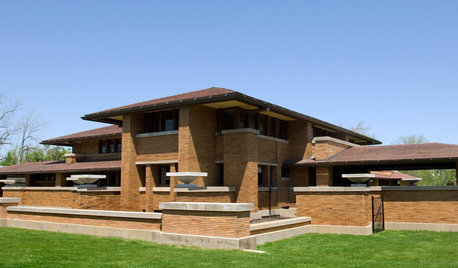
ARCHITECTURERoots of Style: Prairie Architecture Ushers In Modern Design
Twentieth-century Midwestern architects gave us broad-shouldered homes inspired by the landscape and modern times
Full Story
ROOTS OF STYLERoots of Style: The Birth of Modern Architecture
Learn how Prairie, Craftsman, art deco and other styles of the early 20th century came to influence architecture today
Full Story
EVENTSOn Show: The Ingenuity of Ancient Architecture
A German exhibit celebrates the diversity of traditional homes built with materials at hand
Full Story
KITCHEN DESIGNKitchen of the Week: History Lives in a Greek Revival
Honoring its 1900s roots, this New Jersey kitchen reflects the past while working beautifully in the present
Full Story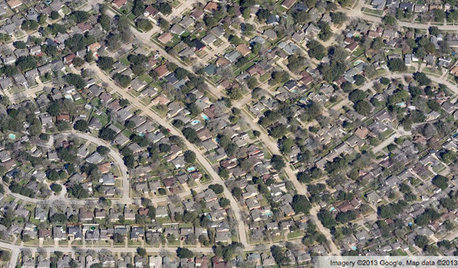
COMMUNITYGet a Bird's-Eye View of America's Housing Patterns
See the big picture of how suburban developments are changing the country's landscape, with aerial photos and ideas for the future
Full Story
ARCHITECTUREModern or Contemporary Architecture? The Interiors Edition
See how one expert distinguishes between two popular camps of interior architecture. Do you agree with his choices?
Full StoryMore Discussions







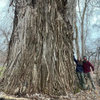



KeithJamesOriginal Author
KeithJamesOriginal Author
Related Professionals
Redondo Beach Landscape Architects & Landscape Designers · Norwood Landscape Contractors · East Hanover Landscape Contractors · Fort Atkinson Landscape Contractors · Saint George Landscape Contractors · Washington Landscape Contractors · West Covina Landscape Contractors · West Orange Landscape Contractors · West Palm Beach Landscape Contractors · Berkeley Siding & Exteriors · Elizabeth Siding & Exteriors · Manassas Siding & Exteriors · Brookfield Decks, Patios & Outdoor Enclosures · Natick Decks, Patios & Outdoor Enclosures · New Lenox Decks, Patios & Outdoor Enclosurespoaky1
ken_adrian Adrian MI cold Z5
gardener365
KeithJamesOriginal Author
wisconsitom
KeithJamesOriginal Author
KeithJamesOriginal Author
whaas_5a
KeithJamesOriginal Author